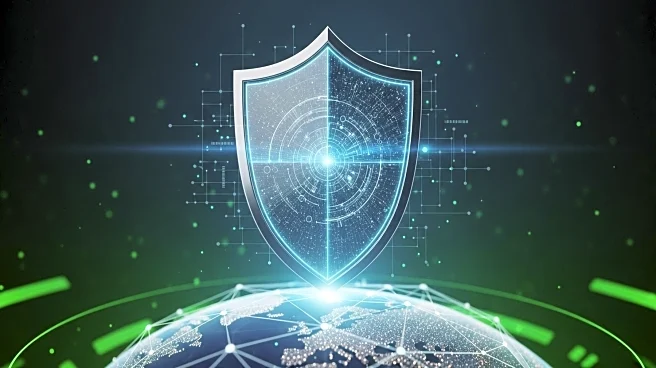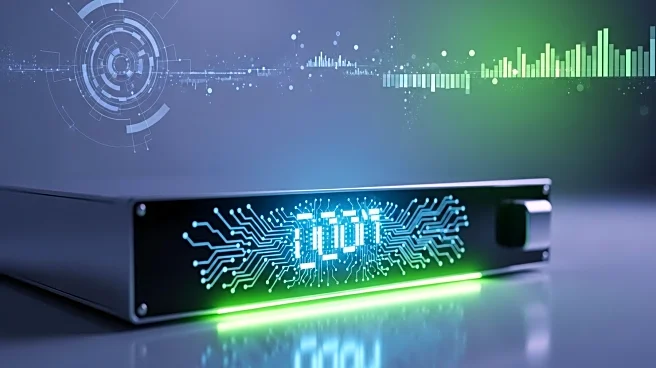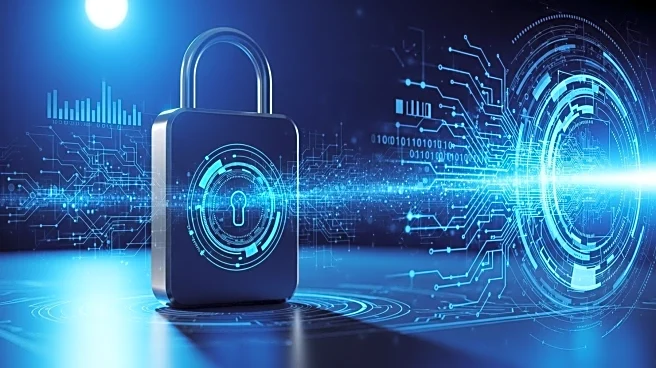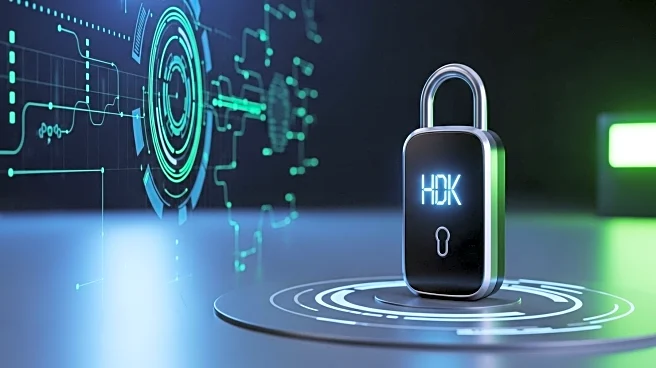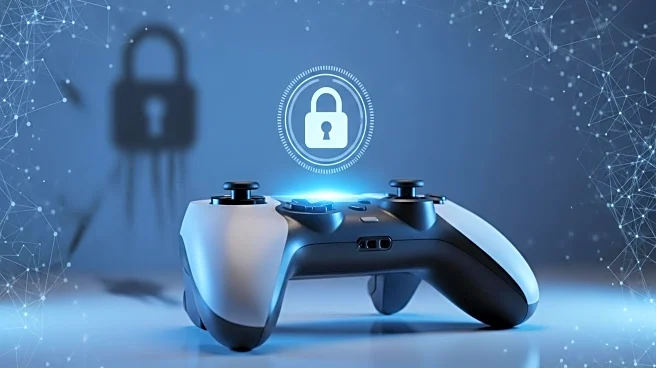What's Happening?
Trend Micro has identified a new variant of the LockBit ransomware, dubbed LockBit 5.0, which is considered significantly more dangerous than its predecessors. Released in September 2025, this variant marks the sixth anniversary of the LockBit ransomware group. The new version includes Windows, Linux, and ESXi variants, allowing for cross-platform attacks on enterprise networks. Key features of LockBit 5.0 include faster encryption, enhanced evasion techniques, and the removal of traditional infection markers, complicating recovery and analysis. Despite previous law enforcement actions against the group, LockBit has demonstrated resilience and continues to evolve its tactics.
Why It's Important?
The emergence of LockBit 5.0 poses a significant threat to enterprise security, particularly due to its ability to target critical servers and virtualization platforms. This development underscores the ongoing challenge of ransomware for businesses, as attackers continue to refine their methods to bypass security measures. The cross-platform capabilities of LockBit 5.0 mean that entire enterprise networks, including virtualized environments, are at risk. This could lead to substantial financial losses and operational disruptions for affected organizations. The continued evolution of ransomware tactics highlights the need for robust cybersecurity measures and proactive threat management strategies.
What's Next?
Organizations must remain vigilant and enhance their cybersecurity defenses to mitigate the risk posed by LockBit 5.0. This includes implementing comprehensive security protocols, conducting regular vulnerability assessments, and ensuring that all systems are up-to-date with the latest security patches. Additionally, businesses should consider investing in advanced threat detection and response solutions to quickly identify and neutralize potential threats. As ransomware groups continue to evolve, collaboration between the private sector and law enforcement agencies will be crucial in combating these cyber threats.


